12 Once-Beloved American Traditions That Are Quietly Disappearing
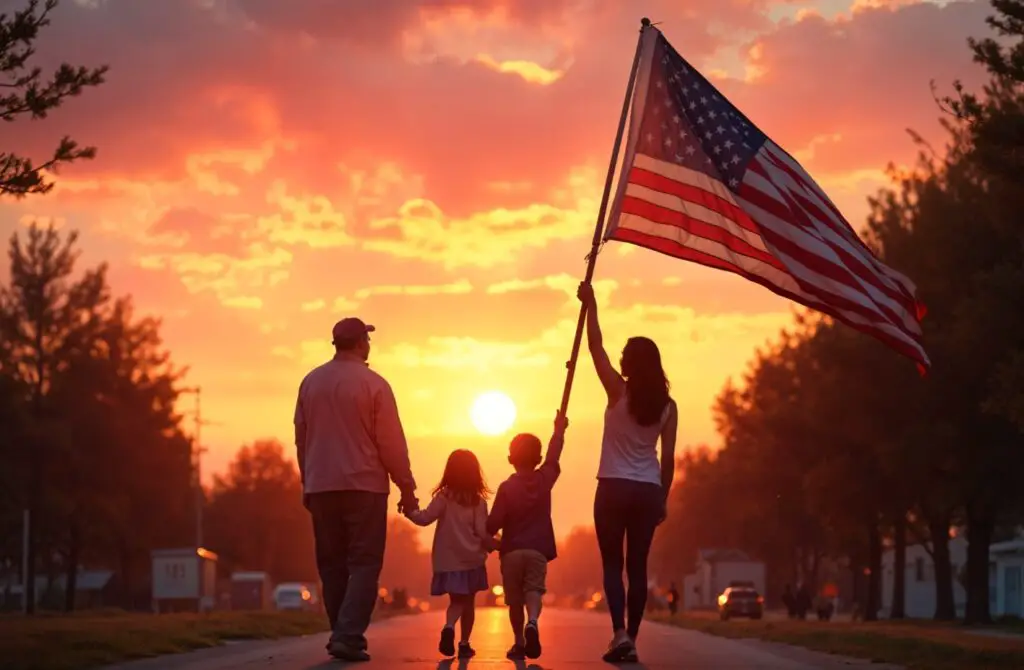
America is a nation built on traditions—some rooted in centuries of history, others born in the golden days of the 20th century. These customs shaped our communities, defined family life, and brought people together in meaningful ways. But as technology races ahead, lifestyles shift, and priorities change, many of these beloved traditions are quietly slipping away. You may not even realize they’re disappearing until you stop to think about the last time you handwrote a letter or attended a small-town parade. These aren’t just quaint customs—they’re pieces of our collective identity. In this blog, we take a nostalgic look at 12 American traditions that are fading fast and explore what their disappearance means for the future of culture, community, and connection.
1. Handwritten Letters

In the age of smartphones and social media, the heartfelt act of writing and sending handwritten letters has all but vanished. Once the primary way to communicate over long distances, especially with loved ones or during wartime, letters were personal, expressive, and often kept for decades as treasured keepsakes. Today, emails and texts have taken their place, offering speed and convenience but often lacking the emotion and permanence that a letter carried. While some people still write cards for birthdays or holidays, the regular act of putting pen to paper is becoming a rarity—leaving younger generations without a true understanding of its sentimental value.
2. Sunday Family Dinners

There was a time when Sunday dinner wasn’t just a meal—it was an event. Families gathered around the table to enjoy home-cooked meals, share stories from the week, and strengthen their bonds. This weekly ritual offered more than nourishment; it was a sacred space for connection in an increasingly busy world. But today, that tradition is fading. Between conflicting schedules, nontraditional work hours, and the rise of fast food and delivery apps, the Sunday family dinner has become less of a priority and more of a nostalgic memory. For many families, meaningful face-to-face time is being replaced by screen time, creating a cultural shift that may have lasting consequences.
3. Drive-In Theaters
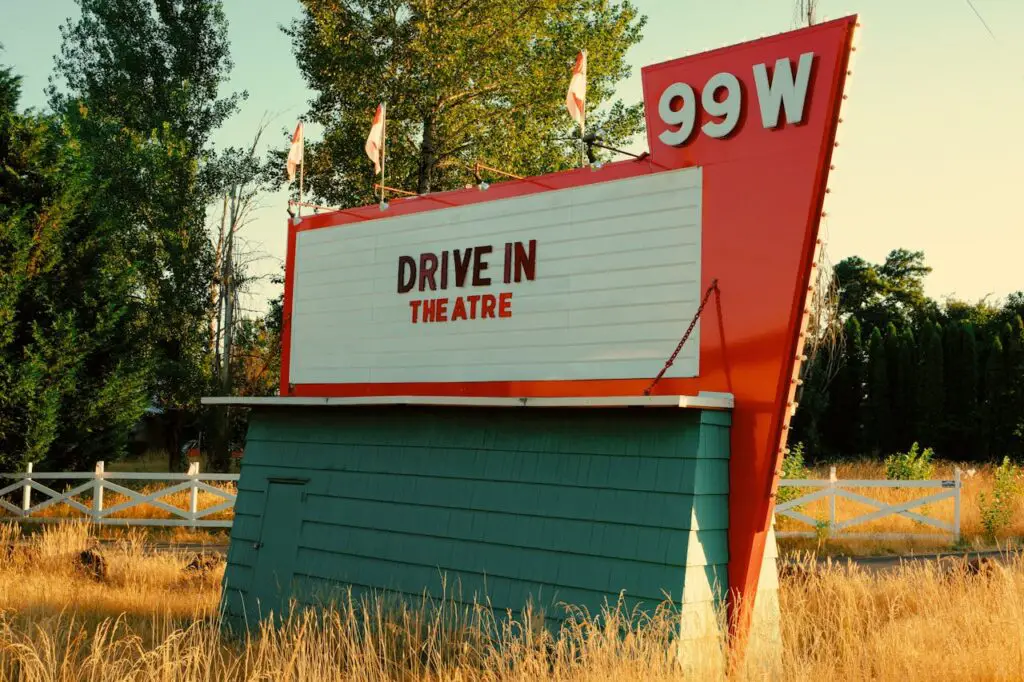
Once a quintessential slice of Americana, drive-in movie theaters were wildly popular in the mid-20th century. Watching a movie from the comfort of your car, under the stars, with a tray of snacks and your favorite people was an unbeatable experience. Today, the number of drive-in theaters has dwindled dramatically, with only a few hundred left across the country. The convenience of streaming services, big-screen home theaters, and multiplex cinemas has made the drive-in feel like a thing of the past. While some saw a brief resurgence during the pandemic, the reality is that this nostalgic tradition is on the brink of extinction.
4. Cursive Handwriting

Cursive writing was once a rite of passage in elementary school classrooms. Students learned to loop and slant their letters, eventually developing their own personal signature styles. It was more than a writing technique—it was an expression of identity. However, many school districts have removed cursive from their curriculum, opting instead to focus on typing skills. As a result, a growing number of children and teens can’t read or write in cursive at all. The loss of this skill means more than just a change in penmanship—it represents a cultural shift away from personalized expression and historical literacy.
5. Front Porch Conversations

There was a time when people knew their neighbors well—thanks in part to the front porch. These spaces weren’t just architectural features; they were social hubs. After dinner, families would sit outside to enjoy the evening air, wave to passersby, and catch up with friends next door. Today, modern homes are built with more emphasis on privacy and backyard living. Combined with air conditioning, home entertainment systems, and a decline in walkable neighborhoods, the front porch gathering is quickly becoming a relic. This loss is more than symbolic—it reflects the weakening of community ties that once made neighborhoods feel like extended families.
6. Milk Delivery

The image of a milkman carrying glass bottles to your doorstep is pure nostalgia. For decades, milk delivery was a reliable, everyday part of American life. Families would leave empty bottles outside and receive fresh ones in return. As grocery stores became more common and refrigeration technology improved, the need for daily milk delivery vanished. While a few niche delivery services have made a modern comeback with organic options, the widespread practice of milk delivery is largely gone, replaced by bulk buying and plastic jugs. Its disappearance marks the end of a more personal and routine connection to local food sources.
7. Quilting Bees
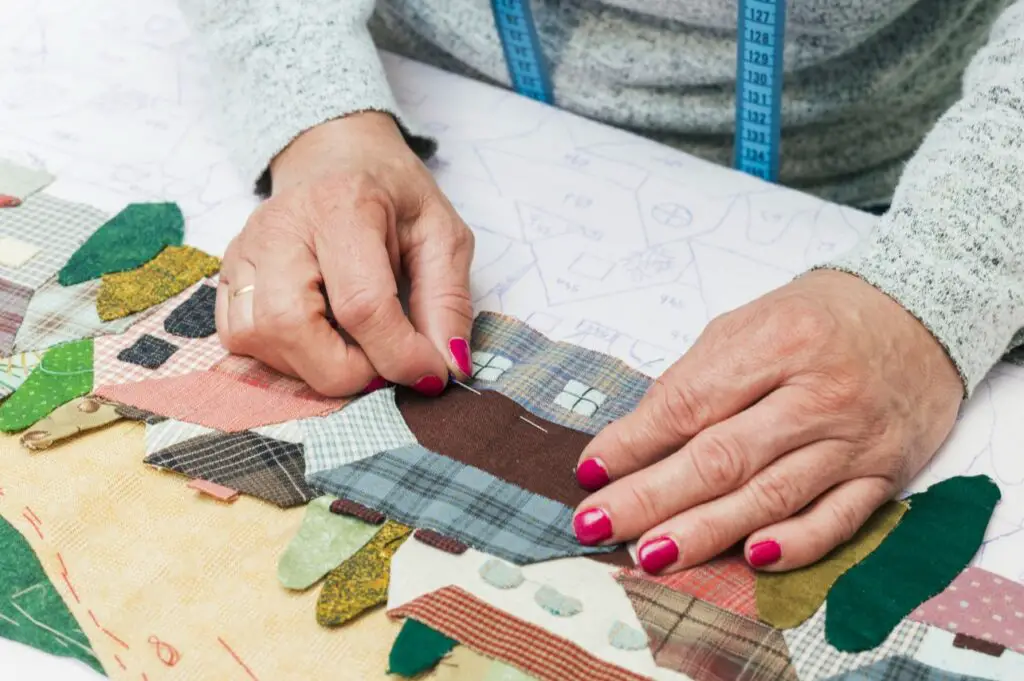
Quilting bees were more than crafting circles—they were vital community gatherings, especially for women. These social events involved collective quilting for weddings, new babies, or charity, and they offered a space to exchange stories, share wisdom, and build friendships. Today, quilting is still practiced, but usually in isolation or in organized clubs rather than spontaneous community events. The disappearance of quilting bees signals a broader trend: the decline of hands-on, face-to-face, intergenerational gatherings where skills and stories were passed down through conversation and craft.
8. Town Hall Meetings

Traditional town hall meetings gave citizens a chance to voice concerns, participate in local decision-making, and hear directly from elected officials. They represented grassroots democracy in its purest form. But in today’s fast-paced, digital world, attendance at these meetings has plummeted. Social media, livestreams, and online petitions have taken their place, making civic participation more convenient but also less personal. While virtual options increase access for some, the absence of in-person dialogue removes the human element that once built trust and transparency in local government.
9. Home Gardening

During the World Wars, “Victory Gardens” were common, and even into the 1970s and ’80s, many families maintained home gardens for fresh produce. Gardening offered not only food but also a therapeutic connection to nature and self-reliance. Today, that connection is dwindling. Urban living, time constraints, and the convenience of supermarkets and meal delivery services have led to a decline in home gardening. While backyard gardening sees occasional surges in popularity, especially during economic uncertainty, it’s no longer a routine tradition for most American households.
10. Soda Fountains
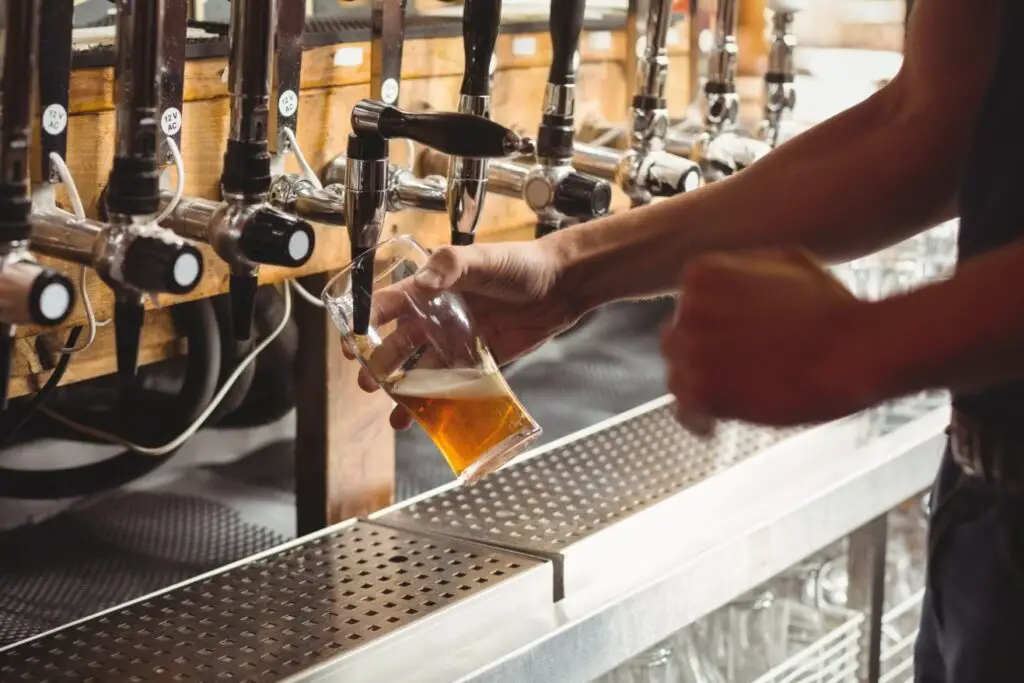
Once a staple of every small-town drugstore or diner, soda fountains were vibrant meeting spots where people could grab a root beer float and chat with neighbors. They played a significant cultural role, especially among teens and young adults in the mid-20th century. But over time, the rise of fast-food restaurants, vending machines, and bottled beverages made soda fountains obsolete. Today, only a few retro-style diners maintain these nostalgic setups, and younger generations have little concept of what a soda fountain experience once represented: fun, simplicity, and community.
11. Roller Skating Rinks

Roller skating rinks were the go-to hangout spot for decades—especially for tweens and teens. They provided a place for physical activity, socializing, and even romance under disco lights and pulsing music. But as technology has pulled young people indoors and fitness trends have evolved, roller rinks have become increasingly rare. Many have shut down due to rising costs and declining attendance, replaced by digital entertainment and trendier fitness fads. The closure of these once-popular venues signifies a shift in how Americans socialize and spend leisure time.
12. Homecoming Parades
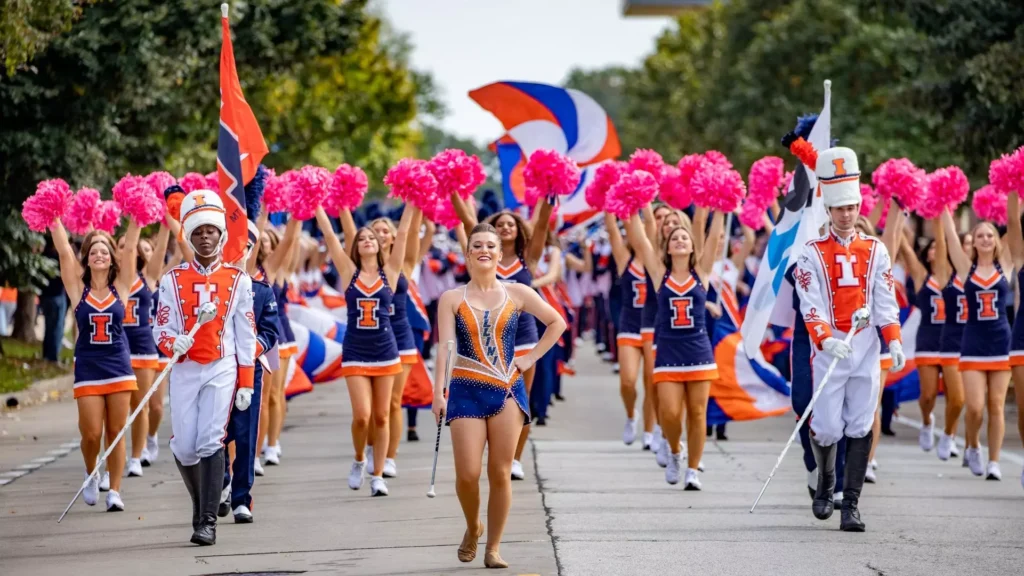
Homecoming used to be a full-blown community affair—complete with parades, floats, marching bands, and pep rallies that brought everyone together, from alumni to current students to town residents. These celebrations were about more than school spirit; they reinforced the bond between a school and its community. However, budget cuts, changing school cultures, and shifting priorities have led to the downsizing or cancellation of many homecoming traditions. What was once a vibrant celebration of unity and pride is becoming a quiet week of private events and formal dances.
Final Thoughts

While change is inevitable, the fading of these American traditions leaves behind more than just warm memories—they represent a shift in how we connect, communicate, and celebrate what it means to be part of a community. As we move forward, it’s worth asking: what will take their place? And are we losing something essential in the process? Whether through nostalgia or revival, honoring these customs—even in small ways—can help preserve the spirit of shared identity and togetherness that once defined American life.
Leave a Reply